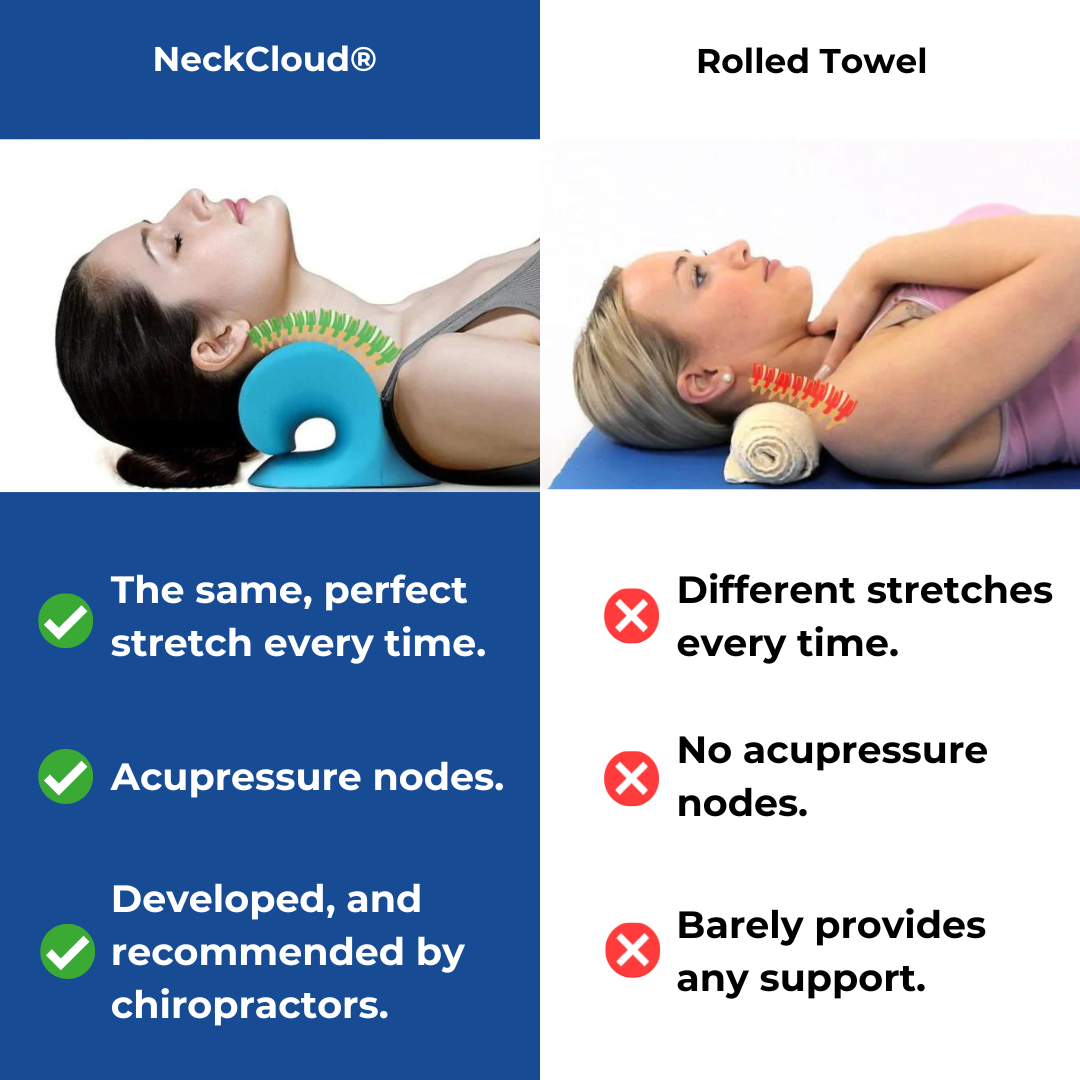Neck Cloud: Ergonomic Style for Maximum Comfort and Pain Reduction
Neck Pain in the Office: Identifying Danger Variables and Applying Ergonomic Solutions
Neck pain in the work environment is a common issue that can influence employee well-being and productivity. By comprehending the numerous risk aspects contributing to neck discomfort and applying ergonomic remedies, organizations can produce an extra conducive work environment. Determining these aspects is important in creating targeted approaches to ease discomfort and prevent future injuries. Attending to ergonomic problems not only enhances employee health and wellness yet additionally promotes overall task contentment and performance.
Typical Reasons For Neck Pain
Neck pain in the workplace is a prevalent issue that can be attributed to several common reasons. Among the key wrongdoers is inadequate pose, which typically arises from long term periods of sitting inaccurately at a workdesk or workstation. This can cause stress on the neck muscles and joints, creating discomfort and pain. Furthermore, recurring motions such as frequent flexing, twisting, or getting to can additionally add to neck pain over time. Stressing the neck by holding it in an uncomfortable position for extensive durations, like cradling the phone in between the ear and shoulder, can aggravate the problem (neck cloud).

Ergonomic Danger Elements
Poor ergonomics in the work environment can substantially add to neck pain amongst workers. Variables such as incorrect workdesk height, insufficient chair support, and uncomfortable positioning of computer displays can all contribute in the advancement of neck pain. When employees are required to rest for prolonged durations in settings that strain their neck muscle mass, it can lead to tightness, pain, and even a lot more serious bone and joint problems with time.
In addition, bad ergonomic methods can cause employees embracing awkward postures while functioning, such as craning their necks to see a computer screen or reaching annoyingly for a mouse or keyboard. neck cloud. These recurring activities and unnatural settings can put unnecessary stress on the neck and surrounding muscle mass, leading to pain and reduced efficiency

Desk Arrangement Recommendations
When establishing a desk in the workplace, Home Page it is vital to take note of the comfort designs of the environment. To minimize the risk of neck pain and discomfort, there are several desk configuration suggestions that workers must think about. To start with, make certain that the computer system display is positioned at eye level to protect against stressing the neck by searching for or down. The keyboard and computer mouse should be put at an elevation where the arm joints are curved at a 90-degree angle to promote appropriate wrist positioning. Furthermore, the chair height ought to enable the feet to rest flat on the floor with upper legs alongside the ground.
It is additionally crucial to have sufficient lighting to reduce eye strain, as scrunching up your eyes or leaning ahead can result in neck tension. Arrange the desk layout to maintain often used things within arm's reach, limiting the need for recurring twisting or reaching motions. By carrying out these desk configuration recommendations, staff members can produce a more ergonomic work space that supports neck wellness and decreases the threat of creating work-related neck pain.
Extending and Exercise Tips
Simple desk-friendly stretches can assist reduce neck pain and protect against stiffness. Neck rolls, shoulder shrugs, and mild side-to-side neck stretches are reliable in eliminating tension.
Setting reminders or using apps that trigger motion can help establish a routine stretching routine. By prioritizing these activities, you can enhance your physical wellness, decrease the danger of neck pain, and enhance your total performance in the office.
Importance of Regular Breaks
In my sources a hectic job atmosphere where demands can add to physical stress like neck discomfort, establishing a routine that emphasizes the relevance of routine breaks is critical. By including short breaks right into the job regular, employees can minimize the risk of creating neck pain and boost overall convenience and performance.
Routine breaks enable employees to relax their muscles, stretch, and turn, avoiding rigidity and advertising far better flow. Encouraging workers to take quick breaks every 30-60 minutes can aid reduce the build-up of tension in the neck and shoulders. These breaks can additionally work as a possibility for employees to practice relaxation strategies or gentle neck stretches, even why not try here more advertising bone and joint wellness. Applying a society that values and prioritizes normal breaks can have a significant influence on minimizing neck discomfort and enhancing overall well-being in the work environment.
Conclusion
To conclude, addressing ergonomic danger elements and implementing correct workstation arrangements are vital in lowering neck discomfort in the office. By advertising excellent posture, offering appropriate assistance, and motivating routine breaks and stretches, organizations can produce a much healthier and a lot more effective workplace for workers. Focusing on worker well-being through ergonomic remedies is key to stop pain and enhancing general workplace complete satisfaction.
Neck pain in the office is a widespread problem that can impact employee wellness and efficiency. By identifying and dealing with these usual reasons of neck pain in the workplace, employers can take aggressive actions to create a more comfortable and ergonomic work environment for their staff members.
Poor functional designs in the work environment can substantially contribute to neck discomfort among employees. By carrying out these desk arrangement referrals, workers can produce a more ergonomic workspace that sustains neck wellness and minimizes the danger of establishing work-related neck discomfort.
Neck rolls, shoulder shrugs, and gentle side-to-side neck stretches are effective in easing tension.